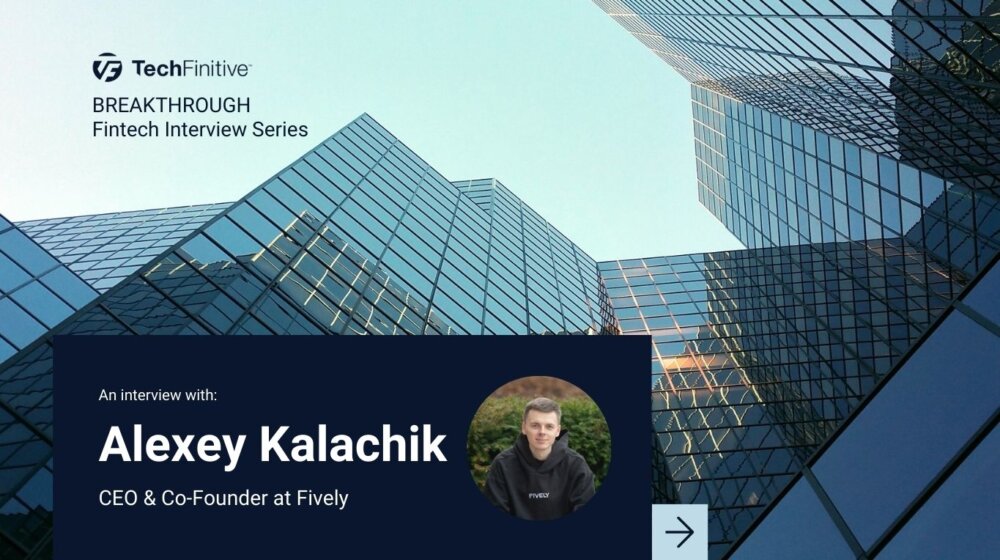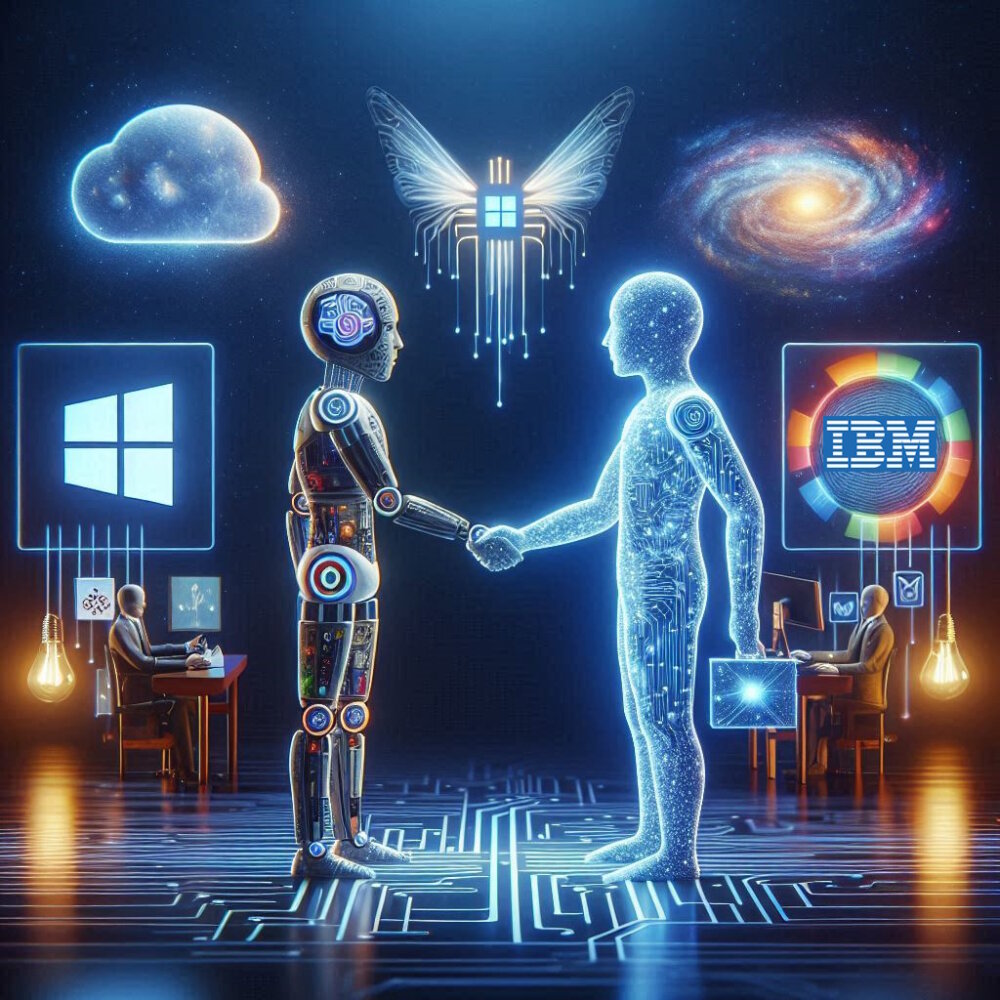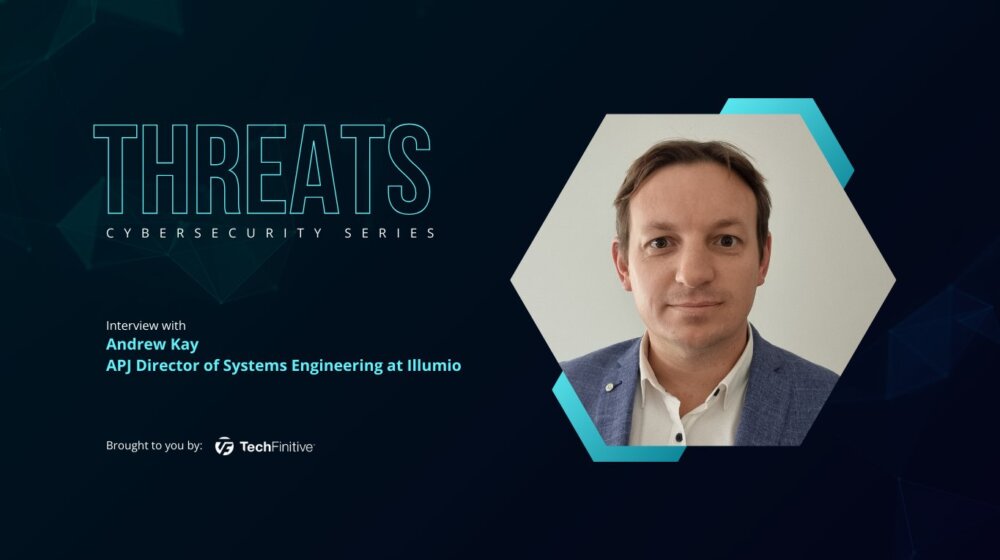
Back to the Future’s most crucial prediction
TechFinitive x FlashForward is our exclusive newsletter. Every fortnight, we pick a technology featured in a classic movie and fast forward to where it’s at today. Subscribe to it on Substack so that you’re notified every time a new edition goes out. This edition was originally published on the 29th of September.
Flashback: Hopping into his time-travelling car, eccentric scientist Dr Emmet Brown tricks out the energy-intensive vehicle with a new power source: a handy device from the future called a Mr. Fusion, which converts garbage to energy.
Flashforward to today: In the 1980s classic Back to the Future, Doc Brown’s iconic time-travelling DeLorean burns so much energy it needs plutonium (or a lightning bolt) to power it. But for the 1989 and 1990 sequels, the writers invented a much more convenient power source. Doc Brown simply rifled through the nearest bin, chucked a banana skin (and the dregs of a beer can) into his Mr. Fusion, and hey presto: more than 1.21 gigawatts of instant power.
As the name suggests, the Mr. Fusion device is based on the much-discussed process of nuclear fusion. Today’s nuclear power works via fission, using plutonium and uranium as a source of energy by splitting the atom. Fusion, meanwhile, works by combining atoms. Fusion is how the sun and stars work, generating mind-bogglingly vast amounts of energy.
Unlike fission, which produces radioactive waste that remains toxic for thousands or even millions of years, the fusion process doesn’t produce radioactive byproducts (well, mostly). Fusion can’t spiral out of control in a chain reaction. It can’t create a weapon. And it’s based on hydrogen, one of the most abundant elements in the universe – which means seawater could produce enough energy to last us billions of years.
According to the International Atomic Energy Agency, a few grams of deuterium and tritium (heavy forms of hydrogen), could produce a terajoule of energy: “approximately the energy one person in a developed country needs over sixty years.”
Needless to say, scientists are very excited by the possibilities of fusion.
The concept of nuclear fusion was proposed by William Draper Harkins in 1915. It was first accomplished in Cambridge in 1932 by Australian physicist Mark Oliphant, who went on to work on the Manhattan Project. Self-sustaining fusion was achieved with the hydrogen bomb in the 1950s, but in order to use it as an energy source the process must be controlled inside a reactor.
Related reading: Oppenheimer delivers an ethics lesson for Silicon Valley
The big problem: it takes a lot of energy to fuse nuclei. Remember we mentioned the sun? If the nuclear force which attracts protons and neutrons together is to overcome the Coulomb force pushing them apart, a fusion reactor has to recreate the conditions found inside a star. The inside of a fusion reactor needs to be literally hotter than the sun.
Thus far, research into fusion has struggled to produce more energy than went into the experiment. Fortunately, a breakthrough came in 2022. Scientists at the Lawrence Livermore National Lab fired 192 lasers at a diamond pellet the size of a ball bearing with hydrogen isotopes inside and achieved fusion ignition for the first time. Lasers and diamonds sound very cool, but what’s important is that 2.05 megajoules of energy went in and 3.15 megajoules came out.

Credit: Damien Jemison, LLNF
Well, technically, a lot more energy was required to power the lasers. And the laser-based method faces many more engineering challenges. The surface of the fuel pellet needs to be perfectly symmetrical down to an infinitesimal level – even a flaw as small as a bacteria wastes energy and prevents ignition. A reactor capable of powering your neighbourhood would need millions of pellets a day, and the laser would have to fire hundreds of times every minute.
A potential cheaper alternative is something called a tokamak device, which uses magnets to contain plasma within a magnetic field and heats it to 10 times hotter than the sun. Tokamak reactors have yet to achieve ignition, but several countries are betting on them.
The world’s largest and most advanced fusion experiment, the International Thermonuclear Experimental Reactor (ITER), is a joint project between China, India, Japan, South Korea, the European Union, Russia and the United States, currently being built in France. ITER is supposed to open in 2025 and could produce 500 megawatts of fusion power. It’s unlikely to be as cheap as a banana skin and a slosh of Miller, however, as the project is reportedly plagued with technical and budgetary problems.
Other reactors with fun acronyms include the IFMIF in Japan and the DEMO class of reactors, which are projected to come online in the 2040s or 2050s. Scientists are pretty confident in computer simulations of physics, so fusion mostly looks like an engineering challenge – or rather, a ton of extremely complex and difficult engineering challenges.
Crucially, the champions of this potentially world-changing clean energy source are in a race – against climate breakdown. We may be confident that fusion will happen in the next few decades, but decades we don’t have.
Who should do it?
An early draft of Back to the Future 2’s script called the device the Westinghouse Fusion Energizer. Today, Westinghouse is in the nuclear power plant business. Global energy companies need to fight climate change and should be investing in the dawn of fusion.
Fun fact
Back to the Future’s props team built Mr. Fusion from a Krups 223A Coffina coffee grinder. You can also see one in the movie Alien, where it presumably brews much-needed java for the sleepy crew of the spaceship Nostromo.
Great Scott (I never noticed that before)
Watching the movies you might assume that Doc Brown invented Mr. Fusion to avoid buying plutonium from terrorists or turning himself into a human lightning rod. But Mr. Fusion is an actual store-bought product that he picked up in 2015 (you see “Fusion Industries” logos in the background of the future scenes). This is an interesting twist on time travel: when inventing a time machine, you only need to get to the future – and then you can just buy anything else to soup up your ride with future technology.
I guess you guys aren’t ready for that yet
The Back to the Future trilogy’s version of 2015 includes hoverboards, self-lacing Nike shoes, video calls and flying cars (including a hyperlane in the sky that takes you from Boston to London). Video calls are now ubiquitous, hoverboards and jet packs are sort of here, and Nike did indeed debut its HyperAdapt self-lacing shoes in 2016. BTTF also suggested there would be 19 Jaws sequels, which seems like an absurd gag until you swap “Jaws” for “Marvel”.
Verdict
Science says a device the size of Mr. Fusion is possible, and Fusion’s powerful but clean energy seems like it could save the world. But it’ll take a barely imaginable level of technical innovation to make fusion happen – and we may not have the time.
“Why Don’t You Make Like A Tree…” and check out the links below?
The International Atomic Agency: What is Fusion, and Why Is It So Difficult to Achieve?
Mr. Fusion in Back to the Future movies and spin-offs
Speaking of sustainability…
- Fairphone 5 vs iPhone 15: which is more ethical?
- Meet Garby, the garbage bin for businesses
- USA’s largest lithium mine is terrible news for sustainability
NEXT UP

Alexey Kalachik, CEO & Co-Founder at Fively: “The potential for digitalisation within insurance is enormous”
We interview serial entrepreneur Alexey Kalachik, CEO & Co-Founder at Fively, on the future of fintech and what makes this space so exciting for startups.

IBM bolsters AI push with Microsoft Copilot launch
In a bid to boost its AI offering, IBM Consulting will enable enterprises to create and manage AI copilots – including Copilot for Microsoft 365

Andrew Kay, Director of Systems Engineering APJ at Illumio: “The most worrying development with ransomware is that it has evolved from simply stealing data to impacting IT availability”
Andrew Kay, Director of Systems Engineering APJ at Illumio, has 20 years’ experience helping organisations strengthen their cyber resilience. We interview him as part of our Threats series on cybersecurity.
